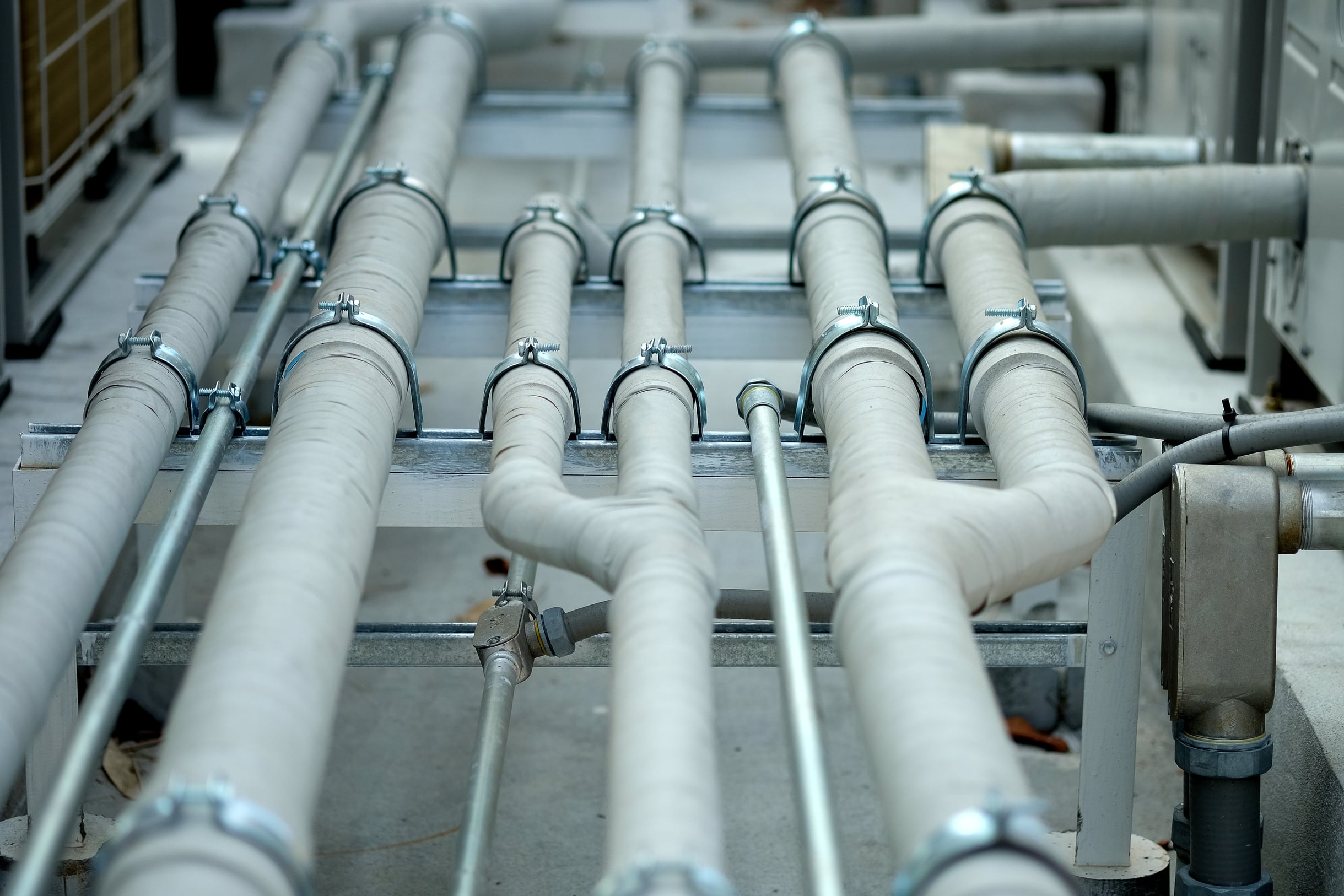What’s the Best Method to Install a Carbon Fiber Hood on a Nissan GT-R for Weight Reduction?

Transforming the look and performance of your car is an exciting endeavor. One of the best ways to do this is by adding a carbon fiber hood. The right hood can enhance the style and sensibility of your car. If you own a Nissan GT-R and want to reduce weight, a carbon fiber hood is a great option. Not only does it look sleek and stylish, but it also improves the car’s performance by reducing weight. So, let’s explore the best method to install a carbon fiber hood on a Nissan GT-R and dive into the benefits of this upgrade.
The Remarkable Impact of a Carbon Fiber Hood
Before delving into the installation process, it’s essential to understand why a carbon fiber hood is a game-changer. When it comes to car parts, carbon fiber is one of the most desirable materials available. It’s lighter than traditional materials, like steel or aluminum, but also incredibly strong. This makes it perfect for reducing weight in cars, a key factor in boosting fuel efficiency and improving speed.
En parallèle : Can Upgrading the Differential to a Limited Slip Benefit Your BMW X3’s Winter Traction?
In addition to performance, carbon fiber hoods also offer a distinctive, high-end look that many car enthusiasts covet. Companies like Seibon are known for creating top-quality carbon fiber parts that blend style and performance. Moreover, a carbon fiber hood helps in cooling the engine, contributing to overall vehicle efficiency.
Choosing the Right Carbon Fiber Hood
When deciding on the perfect carbon fiber hood, you should consider style, compatibility, and weight reduction. For Nissan GT-R owners, a Seibon carbon fiber hood is often the top choice. This company has made a name for itself in the car parts industry due to their focus on quality, style, and performance.
Avez-vous vu cela : How to Choose the Correct Load Rating for Custom Alloy Wheels on a VW Transporter T6?
Seibon’s carbon fiber hoods are known for their exceptional weight reduction capabilities. The company uses a high-grade carbon fiber material that is lightweight yet robust. This ensures that the hood does not add unnecessary weight to the car but still provides the strength and durability that you need.
The style of the hood is also a crucial consideration. Seibon offers a variety of designs, so finding one that complements your Nissan GT-R’s existing aesthetic will not be a problem. Regardless of the style you choose, a Seibon hood will certainly elevate the look of your car.
Prepping for Installation
Before installing your new carbon fiber hood, it’s important to ensure that your car is ready for the upgrade. You will need the appropriate tools for the job, including a socket wrench and a torque wrench. Make sure you also have an assistant to help you as carbon fiber hoods, though lighter than their counterparts, can still be cumbersome to handle alone.
Next, remove the old hood from your Nissan GT-R. This involves undoing the bolts that secure the hood to the car’s body, disconnecting the washer fluid tubes, and carefully lifting the hood off the vehicle. Store your old hood properly in case you need to reinstall it in the future.
Installing the Carbon Fiber Hood
Now that your car is ready, it’s time to install your new carbon fiber hood. First, place the hood in the correct position on your Nissan GT-R. With the help of your assistant, align the hood with the car’s body and secure it with the bolts. Don’t tighten the bolts all the way yet — you want a little wiggle room to make sure the hood is perfectly aligned.
Once the hood is in place, check the alignment by closing the hood slowly. Make sure it fits snuggly against the body of the car and doesn’t touch the fenders. If necessary, adjust the hood until you’re satisfied with the alignment.
Finally, it’s time to tighten the bolts. Using your torque wrench, tighten the bolts until they’re secure. Don’t over-tighten, as this can damage the carbon fiber material. Connect the washer fluid tubes, and your new hood is successfully installed.
Maintaining Your Carbon Fiber Hood
After installation, proper maintenance will ensure your carbon fiber hood retains its sleek look and optimal performance. Regular cleaning using a soft cloth and mild soap can remove dirt and grime. Avoid using harsh chemicals or abrasive materials that may scratch the surface.
Sealing the hood with a good quality sealant can protect it from UV damage and other elements. Furthermore, if your hood becomes scratched or chipped, seek professional help to repair it correctly. Incorrect repairs may lead to further damage and even affect the hood’s weight reduction properties.
Upgrading your Nissan GT-R with a carbon fiber hood from Seibon will not only give your car a stylish edge, but also make a significant impact on its performance and fuel efficiency. And with the right installation and maintenance, your new hood will serve your car well for years to come.
Dry Carbon vs. Wet Carbon
When choosing a carbon fiber hood, it’s essential to understand the difference between dry carbon and wet carbon. Both materials offer weight reduction, but they differ in manufacturing processes, appearance, and cost.
Dry carbon is a preferred option for the serious car enthusiast and professional racers. The manufacturing process involves pre-impregnating the carbon fiber with resin and then baking it in an autoclave. This method produces an extremely lightweight, strong, and durable material. However, this enhanced performance comes at a higher cost compared to wet carbon.
On the other hand, wet carbon, also known as wet lay, involves manually laying the carbon fiber and resin onto a mold. This process is less expensive, but the end product is heavier due to a higher resin content. Wet carbon parts are still lighter than stock components, providing some degree of weight reduction.
For a Nissan GT-R aiming for maximum weight reduction and performance, a dry carbon fiber hood is the optimal choice. However, if the budget is a concern, a wet carbon fiber hood can still provide a significant upgrade over stock hoods. In terms of styling, both dry and wet carbon offer that sleek, high-end look that makes carbon fiber parts so desirable.
Enhancing Performance with Other Carbon Fiber Parts
A carbon fiber hood is just the beginning. To further improve your Nissan GT-R’s performance and weight reduction, consider upgrading other parts to carbon fiber as well.
A carbon fiber steering wheel is lighter than its standard counterpart and offers a better grip, providing a more responsive and controlled driving experience. Furthermore, a carbon fiber cooling system can reduce weight and improve the efficiency of your engine by dispersing heat faster than traditional materials.
Consider also upgrading your car’s interior with a carbon fiber dashboard. This will not only reduce weight but also add an element of style and sophistication to your vehicle. Moreover, carbon fiber brake kits can provide better brake performance through improved heat dissipation and reduced unsprung weight.
Companies like Seibon Carbon offer a wide range of carbon fiber parts, including hoods, steering wheels, brake kits, and cooling systems, compatible with a variety of cars including the Nissan GTR, Nissan Juke, and the Gran Turismo series.
Remember, every weight reduction, no matter how small, contributes to the overall performance and fuel efficiency of your car. So, whether it’s a carbon fiber hood, steering wheel, or an exhaust system, each upgrade brings you one step closer to achieving your car’s full potential.
Conclusion
Installing a carbon fiber hood on your Nissan GT-R is an excellent way to reduce weight and enhance performance. But the benefits of carbon fiber don’t stop at the hood. With options from leading manufacturers like Seibon Carbon, you can extend these benefits to other parts of your car as well.
From the steering wheel to the cooling system, each carbon fiber upgrade brings a touch of style and improved functionality. And while the installation process may seem intimidating, with the right tools and a bit of patience, you can successfully transform your car’s performance and aesthetic.
Remember, this isn’t just about making your car look good. It’s about squeezing every ounce of performance and fuel efficiency from your Nissan GT-R. So, go ahead and immerse yourself in the world of carbon fiber for that crucial weight reduction. Your car – and your wallet – will thank you.
